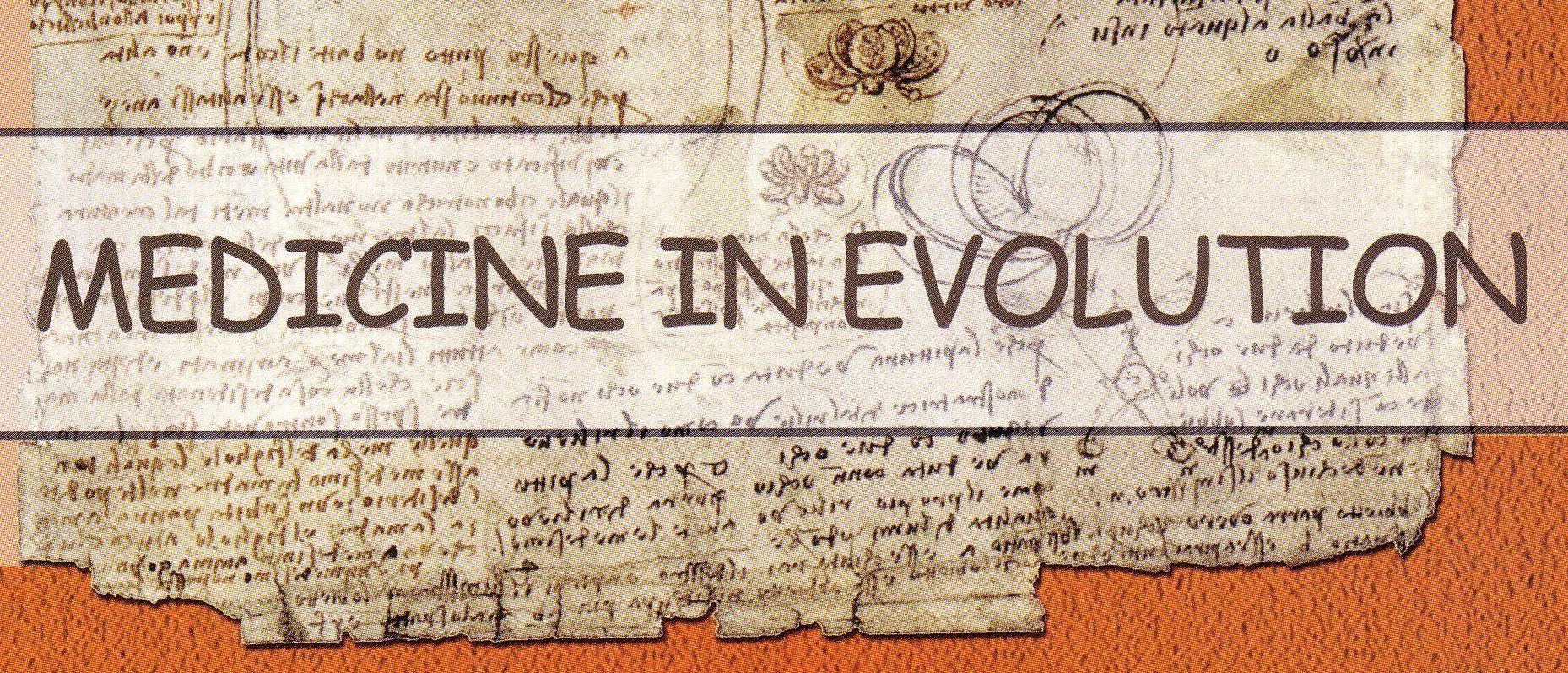|
Medicine in evolution
|
- Abstract - In maxillo-facial tumor pathology, cases with eyelids tumors are raising serious problems in oculoplastic reconstruction after tumor resection. Anatomically, the eyelid is composed of anterior lamina (skin and orbicularis oculi muscle) and posterior lamina (conjunctiva and tarsus). Defects in the anterior lamina can be easily repaired with skin grafts or flaps. For reconstruction of the posterior lamina, there are several choices: eyebank sclera, ear cartilage, autologous tarsoconjunctiva, nasal septum, and temporalis fascia, none of these materials could be considered ideal to obtain the expected outcome. Our patient, G. I., 71 years of age, presented a right naso-palpebral ulcerative tumor with approx. 1 year of evolution. Preoperatively, exfoliative cytology orientated the diagnosis, which indicated a malign neoplasm. Tumor resection and oculoplastic reconstruction represented the treatment of choice. In tumor defectís reconstruction it was used, this time, the hard palate mucosal graft with epithelial keratinized surface facing the globe (posterior lamina), and anterior lamina was reconstructed with an advancing genio-palpebral flap which was closely applied to submucosal surface of the graft. The flap survived and the graft attached to this developed new eyelids. The esthetic and functional outcomes were good, so that the hard palate mucosal graft was proved to be a useful treatment option.
Key words: palate mucosal graft, oculoplastic reconstruction, eyelid.
Webmaster: Creanga Madalina |
|---|
